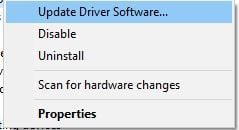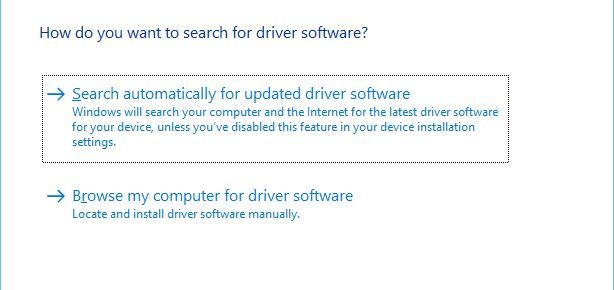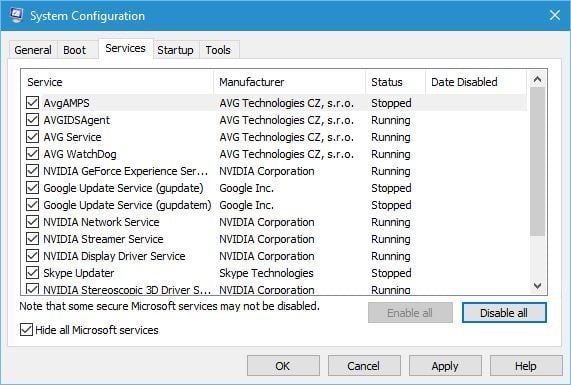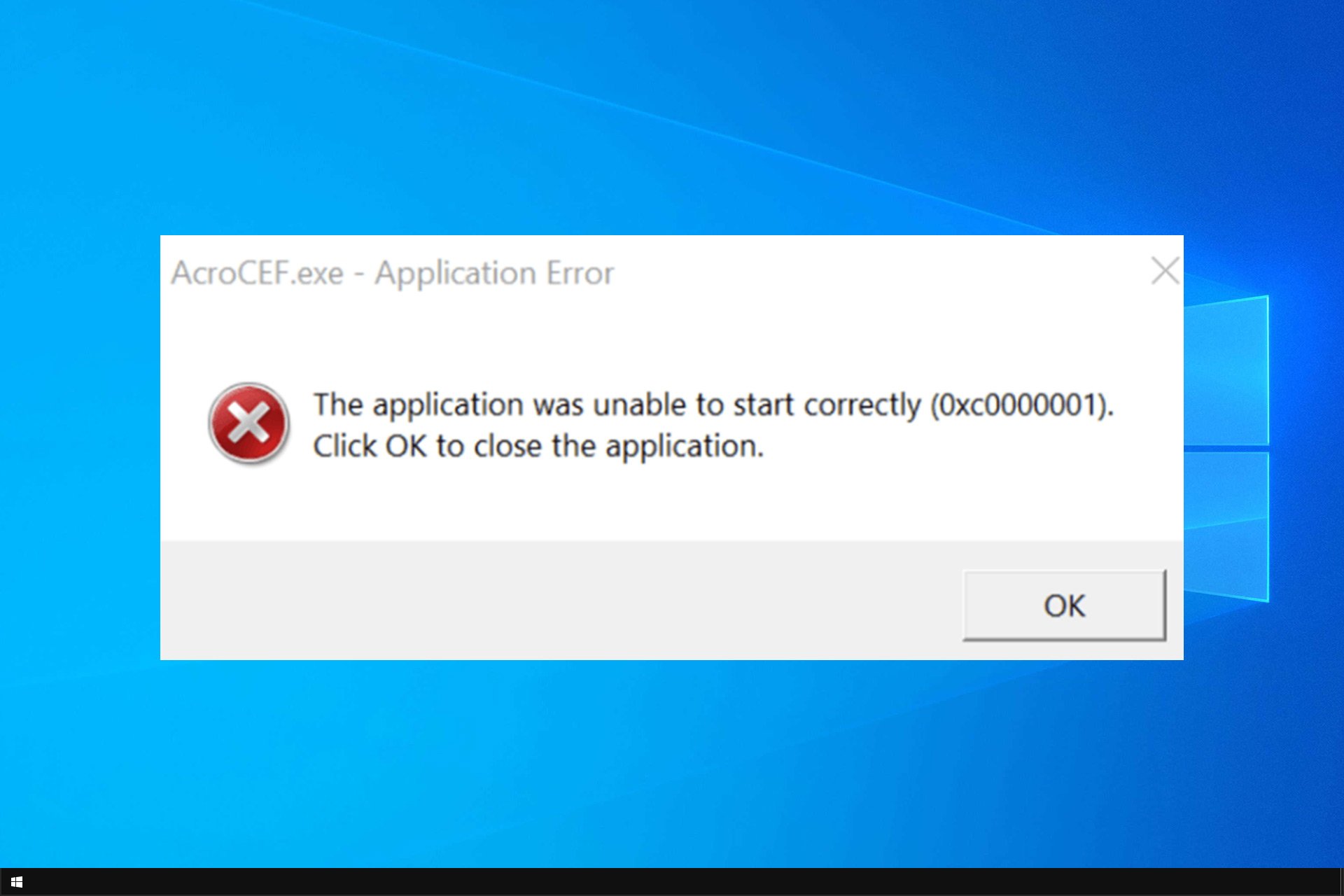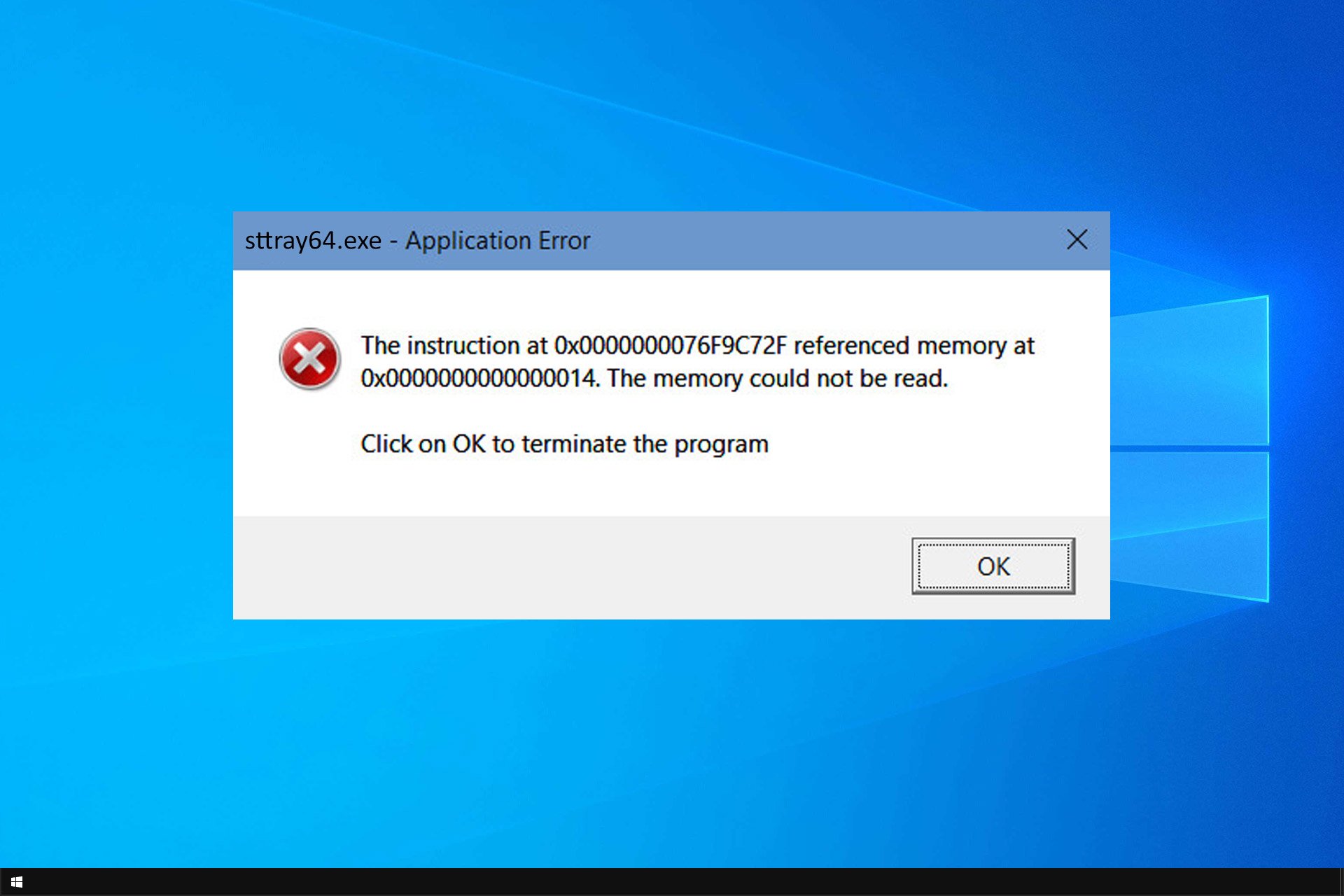UDFS FILE SYSTEM blue screen error [SOLVED]
8 min. read
Updated on
Read our disclosure page to find out how can you help Windows Report sustain the editorial team Read more
Key notes
- UDF file system blue screen error can cause many problems, but in this guide, we’ll show you how to fix it.
- The best way to deal with BSOD errors is to use specialized repair software that can easily fix this problem for you.
- Keeping your system up to date is another way to prevent BSOD errors like this one from appearing.
- If everything fails, you can fix the UDFS file system error by resetting Windows 10 or by checking your hardware.

Blue Screen of Death errors are one of the most problematic errors to fix on Windows 10 since it’s sometimes hard to find the exact cause of the error.
These types of errors can be rather troublesome, therefore, today we’re going to show you how to fix UDFS_FILE_SYSTEM error.
Table of contents:
- Use a dedicated repair software
- Update your drivers
- Run the BSOD Troubleshooter
- Update Windows 10
- Run the SFC scan
- Run DISM
- Check the hard drive
- Check for problematic applications
- Perform Clean boot
- Perform Windows 10 reset
How can I fix UDFS_FILE_SYSTEM BSoD error
1. Use a dedicated repair software
BSOD errors such as UDFS file system error can be problematic, and fixing them can be too complicated for less advanced users.
However, there are specialized tools that can help with this issue quickly and without any hassle by simply replacing the corrupted files with fresh genuine ones.
2. Update your drivers
- Press Windows Key + X to open Power User Menu. Select Device Manager from the list.
- When Device Manager opens, right click the device you want to update and choose Update Driver Software from the menu.
- Select Search automatically for updated driver software. Windows 10 will now automatically download and install the best software for your device.
- Repeat the steps for all devices that you wish to update.
Although downloading drivers from Device Manager is fairly simple, some users claim that using Device Manager isn’t the most reliable method for downloading drivers.
According to them, Device Manager doesn’t always download the latest drivers for your devices, and that can sometimes be a problem
If you want to download the latest drivers, you should probably download them manually.
Downloading drivers manually isn’t hard as you think, and all you need to do is to visit your hardware manufacturer’s website and download the latest drivers for your device.
Once your drivers are up to date, check if udfs_file_system blue screen error is still there.
3. Run the BSOD Troubleshooter
- Open the Settings app and go to Update & Security section.
- Select Troubleshoot from the menu on the left.
- Select BSOD from the right pane and click Run the troubleshooter.
- Follow the instructions on the screen to complete the troubleshooter.
If updating your system and drivers didn’t fix the udfs file system error, let’s try with running a few troubleshooting tools.
The first troubleshooter we’re going to try is Windows 10’s built-in troubleshooting tool. This tool can help you resolve various system issues, including BSOD errors, so be sure to try it.
4. Update Windows 10

Windows 10 is a great operating system, but it has a few issues with certain hardware and software.
Sometimes hardware or software isn’t fully compatible with Windows 10, and that can cause all sorts of problems, one of them being UDFS FILE SYSTEM Blue Screen of Death error.
In order to fix these types of problems, it’s advised that you use Windows Update and download the latest patches for Windows 10.
Installing Windows updates is important if you want to keep your computer safe from malicious users, but at the same time these updates offer many bug fixes related to hardware and software.
If you wish to prevent BSoD errors from appearing, be sure to keep Windows 10 up to date with latest updates.
5. Run the SFC scan
- Right-click on the Start Menu button, and open Command Prompt (Admin).
- Enter the following line and press Enter: sfc/scannow
- Wait until the process is done (it may take a while).
- If the solution is found, it will automatically be applied.
- Now, close the Command Prompt and restart your computer.
SFC is a command-line tool that basically scans your system for potential issues, and resolves them along the way (if the solution is possible, of course).
It might help you fix udfs_file_system blue screen error, so feel free to try it.
6. Run DISM
- Right-click Start and open Command Prompt (Admin).
- Paste the following command and press Enter:
DISM /Online /Cleanup-Image /RestoreHealth - Wait until the scan is finished.
- Restart your computer and try updating again.
- With the Windows installation media
- Insert your Windows installation media.
- Right-click the Start menu and, from the menu, choose the Command Prompt (Admin).
- In the command line, type the following commands and press Enter after each:
dism /online /cleanup-image /scanhealth
dism /online /cleanup-image /restorehealth - Now, type the following command and press Enter:
DISM /Online /Cleanup-Image /RestoreHealth /source:WIM:X:SourcesInstall.wim:1 /LimitAccess - Make sure to change an X value with the letter of the mounted drive with Windows 10 installation.
- After the procedure is finished, restart your computer.
Deployment Image Servicing and Management is a tool that, as its name says, reloads the system image. That process might as well resolve various problems, including the UDFS FILE SYSTEM error.
7. Check the hard drive
- Enter the Advanced Startup (Restart your computer while holding the Shift key).
- Choose Troubleshoot > Advanced Options.
- Select Command Prompt from the list of options.
- When Command Prompt appears, enter the following lines and press Enter after each line in order to run it:
bootrec.exe /rebuildbcd
bootrec.exe /fixmbr
bootrec.exe /fixboot
Some users are also suggesting that you need to run additional chkdsk commands as well. To perform these commands, you need to know drive letters for all your hard drive partitions.
In Command Prompt you should enter the following (but remember to use the letters that match your hard drive partitions on your PC):
chkdsk /r d:
This is just our example, so keep in mind that you have to perform chkdsk command for every hard drive partition that you have.
Restart your computer and check if the issue is resolved.
If there’s something wrong with your hard drive, BSOD errors, such as udfs file system error are a common sight.
8. Check for problematic applications
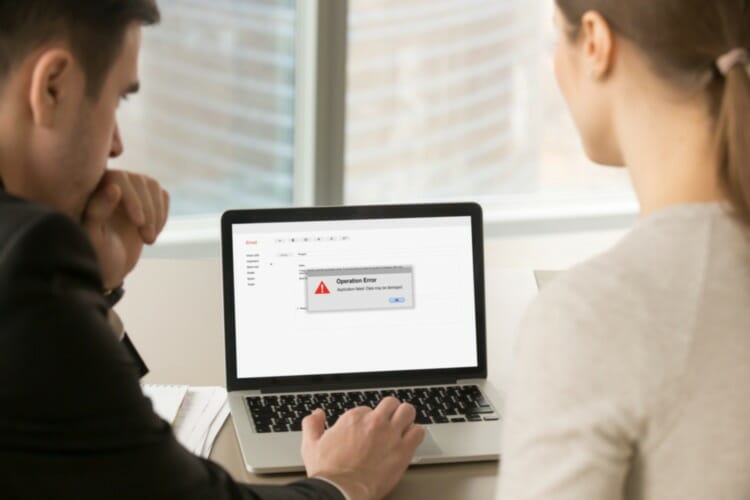
Certain applications can cause these BSoD errors such as UDFS FILE SYSTEM, and in order to fix these issues it’s required that you locate and remove the problematic applications.
According to users, it seems that uTorrent is the cause for this error, so if you’re using the aforementioned program, be sure to remove it or update it.
Bear in mind that almost any program can cause this error, so you might have to do a bit of research until you find the problematic application.
One of the common causes for BSoD is antivirus software, and to fix this problem you’ll have to remove any third-party antivirus programs that you have installed.
We have to mention that uninstalling antivirus software isn’t always enough since antivirus software tends to leave certain files and registry entries behind even after you remove it.
To completely remove certain antivirus from your PC, it’s required to use dedicated removal tool. Many security companies have these tools available for download, so be sure to download one of these tools for your antivirus software.
9. Perform Clean boot
- Press Windows Key + R and enter msconfig. Press Enter or click OK.
- When System Configuration window opens, select Selective startup and uncheck Load startup items.
- Go to Services tab and check Hide all Microsoft services. Disable all services one by one, or simply click the Disable all button to quickly disable all of them.
- Click Apply and OK. If you get asked to restart your computer choose not to.
- Start Task Manager by pressing Ctrl + Shift + Esc.
- When Task Manager starts, go to Startup tab.
- Right click each entry on the list and choose Disable from the menu.
- After you disable all applications, close Task Manager and restart your PC.
After your PC restarts, test if it’s working properly. If the udfs_file_system blue screen error doesn’t appear, it means that one of the disabled services or applications was causing this error.
In order to find the problematic application you need to enable the applications and services one by one until you find the one that is causing this error.
10. Perform Windows 10 reset
- Start Automatic Repair by restarting your computer few times during the boot sequence. Alternatively, you can hold the Shift key and click the Restart button.
- Choose Troubleshoot > Reset this PC > Remove everything. You might get asked to insert Windows 10 installation media, so be sure to have one available.
- Choose Only the drive where Windows is installed > Just remove my files and click the Reset button.
- Follow the instructions carefully to complete the reset process.
If the UDFS FILE SYSTEM error is caused by a software, you can fix the problem by performing Windows 10 reset. Before performing a reset, be sure to back up all important files from your C partition.
To complete Windows 10 reset, you might need Windows 10 installation media, and in order to create one you just need USB flash drive and Media Creation Tool.
If the UDFS_FILE_SYSTEM error appears again, even after Windows 10 reset, we strongly advise you to check your PC for faulty hardware components.
Blue Screen of Death errors such as UDFS FILE SYSTEM can cause a lot of trouble, but we hope that our solutions have been helpful to you and that you managed to fix this error.


